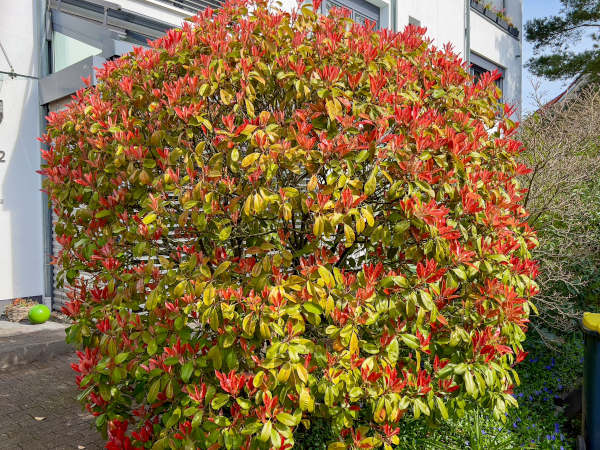How to grow Photinia
A genus of around 60 species of deciduous or evergreen shrubs and trees found in woodland and thickets from the Himalayas to eastern and southeastern Asia. Evergreen types may have vibrant red young foliage, while the leaves of deciduous types turn red in autumn before falling.
Plants produce clusters of small white flowers in spring, followed by red berries. Most photinias dislike windy, cold and damp conditions during winter whilst late frosts can damage young spring foliage. Some species, such as x fraseri ‘Louise’, cannot tolerate chalky/alkaline soil so check the pH of your soil before planting. Avoid planting in very shady locations, rather provide photinia with a warm sheltered spot in sun or partial shade.
Photinia × fraseri ‘Red Robin’ is the most popular cultivar and is an evergreen variety much valued for its ruby-red young foliage in spring and early summer. This variety holds the RHS Award of Garden Merit for its exceptional performance and is versatile enough to be grown as hedging of any height up to 4 metres and responds well to being trimmed. Colourful foliage displays can be prolonged by lightly pruning established shrubs when the initial colour starts to fade, which encourages a new flush of red shoots that can keep their vibrancy all summer.
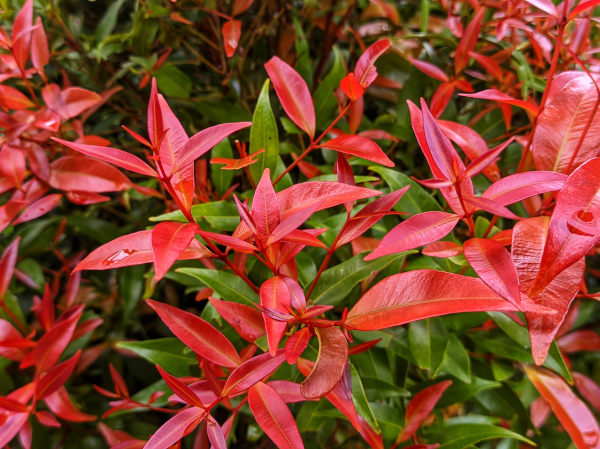
Zantedeschia is a genus of flowering plants from the family Araceae and is native to southern Africa. With a rich history dating back to the Ancient Romans, these deciduous or semi-evergreen perennials have been used as a symbol of celebration. Zantedeschia was Named after Professor Giovanni Zantedeschia, an Italian botanist.
There are two main forms of Zantedeschia: hardy and tender. Hardy forms of the plant can be grown outdoors, enjoy moist soil and full sun or partially shaded conditions - these are known as Arum lilies. Tender forms of Zantedeschia prefer being grown in containers or pots and should be brought inside over the winter - these are known as Calla lilies.
With tuberous flora in all colours from whites, yellows and oranges to deep reds and purples, Zantedeschias are not to be overlooked in any garden, as long as they have sufficient sunlight to grow in.
Ready to learn more about growing Zantedeschia? Read on for all there is to know...

Key Information
Soil pH
Position
Hardiness

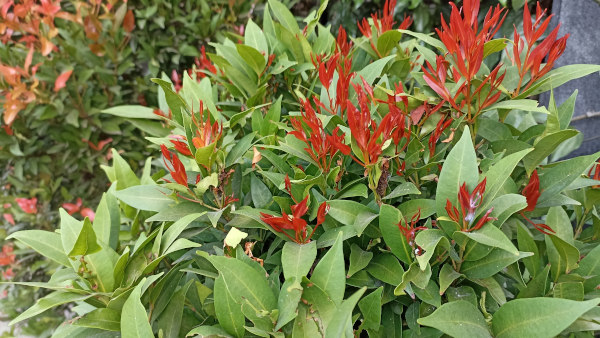
Where & when to plant Photinia
Photinia serratifolia ‘Pink Crispy’ is ideal for gardens which are not prone to heavy frosts as it will only cope with temperatures down to around -5 to -10°C. Our other photinia are more robust and can cope with temperatures down to -10 to -15°C, although exceptionally cold temperatures in late spring may damage the new foliage.
Plants will happily grow in a suitably sized container if given appropriate water and nutrients to thrive, although with Photinia x fraseri ‘Red Robin’ has a mature height and spread of 4 metres after around 10 to 20 years so these may need planting in open ground eventually if not pruned to size. Best planted from autumn through to spring providing ground is not waterlogged or frozen. Photinia can, however, be planted at any time of year as long as the soil is kept moist.
How to plant Photinia
Photinia can either be planted in open ground or in a suitably sized pot. Alternatively, if planting as a hedge, insure you get the right spacing for your chosen variety (for ‘Red Robin’ this is between 60-90cm apart). Photinia grow best in fertile, humus-rich soil which is moist but well-drained. Most are happy in acid or alkaline conditions, although x fraseri ‘Louise’ is the exception here and dislikes alkaline soils. If you garden on clay, then adjust the soil to allow for adequate drainage so you prevent waterlogging over winter. Choose a spot in sun or partial shade with a degree of shelter from cold winds
- For planting in containers, first choose an appropriately sized pot and ensure that you do not swamp your plant by choosing too large a container.
- If you are using a large or heavy pot, it can be a good idea to fill and plant it in situ to save yourself the trouble of moving once full.
- Use a good quality all-purpose compost, and, if not already present in the compost (check the description on the bag) some suitable slow-release fertiliser granules.
- Start by partially filling the pot with compost; enough so that when placed on it the upper surface of the root ball is about 3cm lower than the top of the pot.
- Infill all the space surrounding the root ball with compost, firming down with your fingers then adding a little more so the plant is held tight.
- Pick up the container (if possible) and lightly tap on the potting bench or ground a few times to help further settle the compost around the plant.
- Water well to both settle the soil and give the plant a good drink.
- A mulch with horticultural grit will look attractive and help to prevent a ‘cap’ or crust forming on the top of the compost (something container plants can suffer due to the artificial nature of their watering).
- For planting in the garden, dig the soil area removing any large stones and weeds and breaking up any lumps. Mix in some organic matter such as manure or garden compost. If your soil is heavy clay, now is also the time to add a generous helping of horticultural grit.
- Rake level and firm with your heels. Rake level again.
- Water plants well and allow to drain before planting. A good tip is to dig a hole twice the size of the root-ball so that roots can easily spread out as your plants establish. Fill the hole with water and allow to drain before placing in the plant.
- Place the plant in the hole, ensuring the top of the root ball sits level with the surface of the soil. Too low and the plant may rot, too high and the roots can dry out.
- Backfill with soil and firm in gently with your foot.
- If you have purchased a more mature tree or shrub, then stabilise by using a tree stake at a 45° angle to the trunk and a soft tie so as not to rub the bark. This will prevent too much rocking until a good root structure has established as an anchor.
- Soak well with water.
Mulch around the base with well-rotted organic matter.

What to plant with Photinia
These plants are beautiful in their own right and ideal for locating anywhere in the garden which offers the necessary protection and allows you to make the most of the vibrant spring foliage, blooms and berries. They combine well with other evergreens, providing contrasting foliage at the back of the border for the taller varieties and adding bushy interest to the fore if a dwarfing variety. Equally, the shade provided by the leaves makes them ideal for underplanting with spring bulbs or ferns, hostas and hellebores.

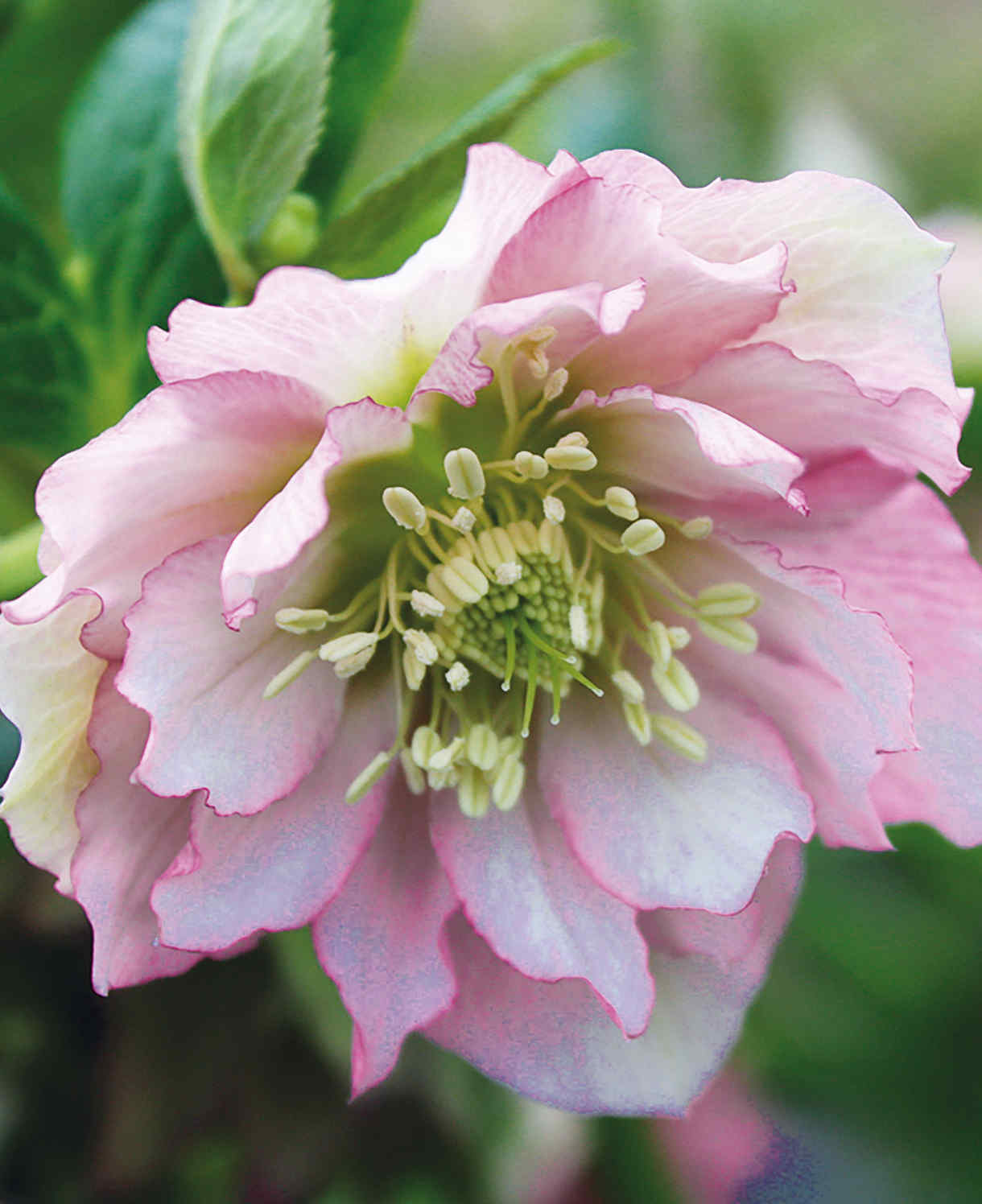
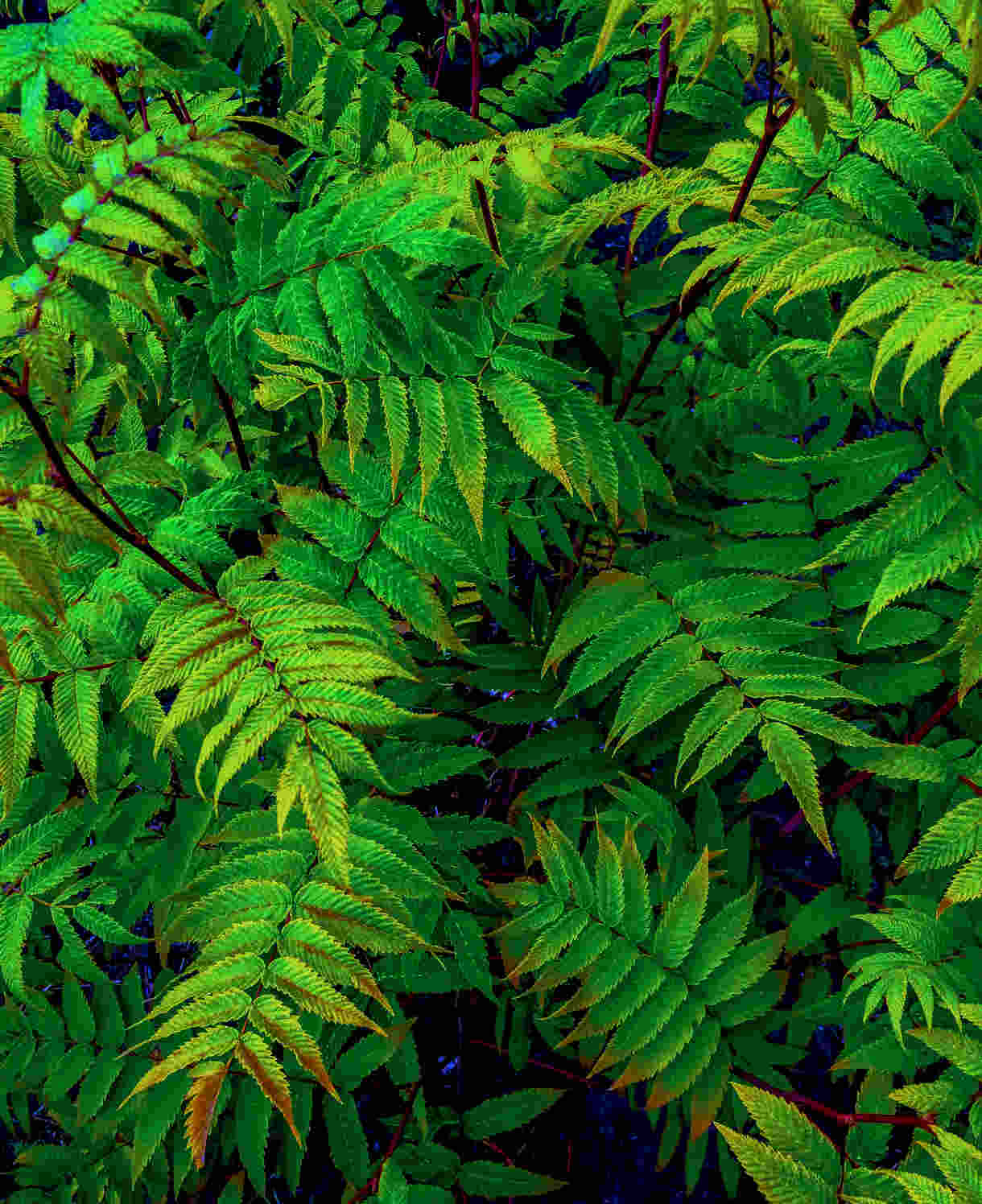
How to care for Photinia
Pruning and Training
Where pruning is required, do it in spring or summer. This will promote dense, bushy growth and maintain a good overall shape. If you are seeking a looser structure, then simply snip away any unsightly stems. Avoid pruning after August as the regrowth is more susceptible to early frost damage.
Photinia x fraseri ‘Red Robin’ is a vigorous plant which often grows up to 30cm per annum. To keep it in check and encourage the bright new leaves trim stems by around 15-20cm using secateurs – making cuts just above a leaf joint. The same principle applies to hedging as to specimen plants.
Watering
Water your new plant regularly until it has settled in. Once established, it should cope well without extra watering, except in particularly hot, dry spells. Pay particular attention to container grown plants as these will dry out more quickly.
Feeding
Photinia will not generally need feeding, except in very poor soil or to encourage more growth or better flowering. In which case, you can apply a general-purpose fertiliser in spring at the rate recommended on the packet. Also bear in mind container grown plants are more dependent upon you for their nutrients so feed these regularly.
Mulching
All photinias will benefit from an annual mulch with well-rotted compost or manure to help suppress weeds and retain moisture in the soil. Apply in spring or autumn when the ground is damp, ensuring you leave some space around the main stem to prevent rot.
Pests and Diseases
Photinias are generally robust, trouble-free if grown in good conditions. They are long-lived shrubs which suffer from few pests and diseases. Things to look out for are as follows:
- Frost or wind damage – late frosts and cold winds can damage or kill soft new shoots in spring.
- Leaf spot – purple-brown spotting on foliage show that the plant is under stress, often due to cold, wet winters.
- Yellowing leaves due to nutrient deficiency on alkaline soil – amend growing conditions accordingly.
- As a general rule, damaged foliage will drop naturally in spring or early summer. It will soon be replaced by new leaves and, if growth is thin, plants can be reinvigorated by cutting back some of the stems in May or June.
To avoid these problems is it important to check your soil pH value, dig in some organic matter to your planting hole to aid drainage, provide a sheltered spot for your photinia and plant a young, healthy specimen which will establish more quickly.
How to propagate Photinia
This can be done by softwood cuttings in spring or semi-ripe cuttings in summer and autumn. Semi-ripe cuttings are straightforward way to propagate a wide range of shrubs and trees – especially evergreens – without the need of special equipment or skills.
- Select the cuttings from this season’s growth and remove them using sharp secateurs.
- Place the cuttings in a plastic bag straight away. Keep the bag in the shade and aim to pot the cuttings within 12 hours.
- Prepare the cuttings by trimming them to 10-15cm long, cutting just below a leaf node. Next, remove the lowest leaves and the soft tips. There will be about four leaves remaining. If leave are large, cut them on half to reduce transpiration.
- Dip the bottom of the cutting in fresh hormone rooting powder, ensuring that the cut is well covered. Tap to remove any excess.
- Insert the cuttings around the edge of a suitably sized containers allowing some space between each and use filled with cuttings use 50 per cent free-draining potting compost mixed with 50 per cent sharp sand or perlite. Water well and allow to drain.
- Place the container of cuttings in a greenhouse. Alternatively, cover pots with a plastic bag and put in a warm, light position, out of direct sunlight.
- Remember to remove any excess moisture to prevent rot but keep the compost damp. Cuttings taken in summer seldom need bottom heat but by autumn cuttings will root more quickly in a heated propagator.
- Transfer to separate pots once a good root structure has been achieved for each cutting and grow on as for young plants.
*Many plants carry Plant Breeders Rights and cannot be propagated for commercial purposes.
Common Photinia questions
How do you grow photinia fast?
Photinia is a relatively quick growing shrub once it has established itself. In optimum conditions it will grow 30cm per annum. To encourage this, you can apply a balanced slow release fertiliser which is specifically developed for shrubs. Photinia is best fed in early spring and then again in late spring or early summer.
Can you grow photinia from cutting?
Yes, they can be propagated from softwood or semi-ripe cuttings – see the guidance above.
What is the best fertiliser for photinia?
When your plant is young a phosphorus based fertiliser will encourage good root growth. If your photinia is signs of stress then a nitrate-rich fertiliser applied annually with help to keep foliage looking healthy.
What is the lifespan of photinia?
Shrubs can live up to 50 years with good care, plants reach maturity over 10-20 years – dependent upon growing conditions.
